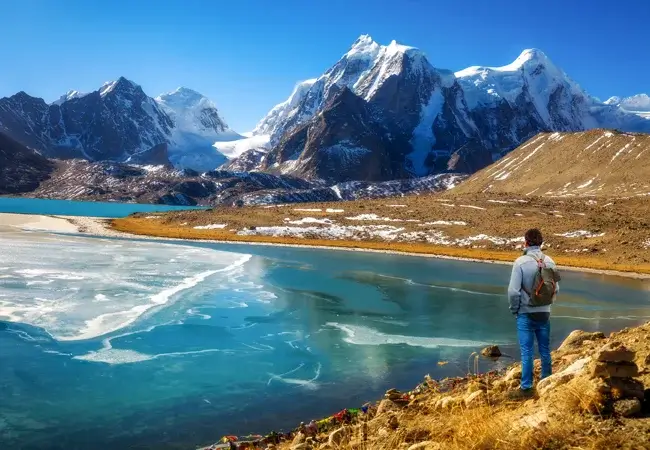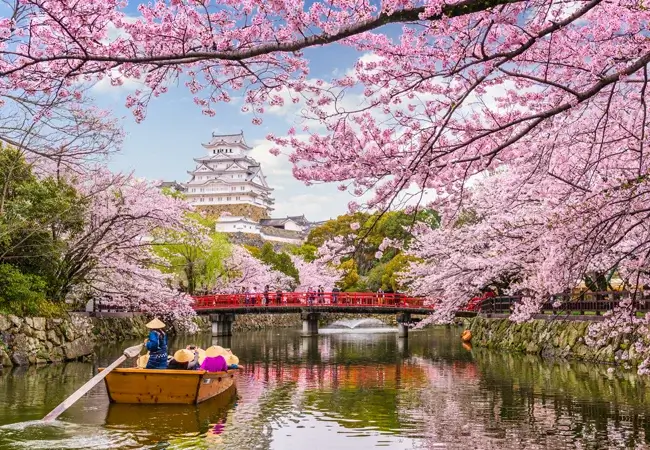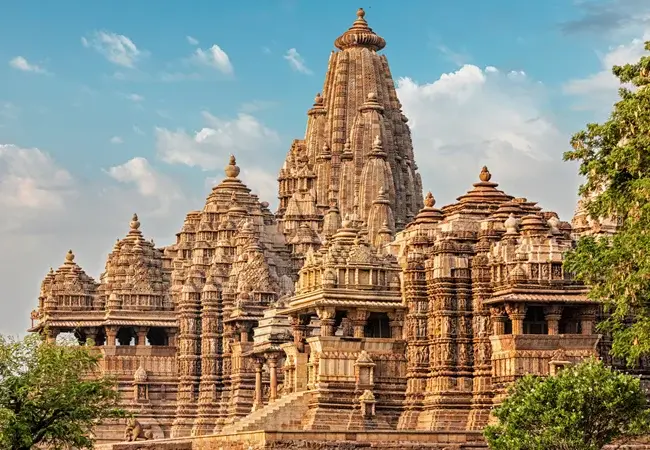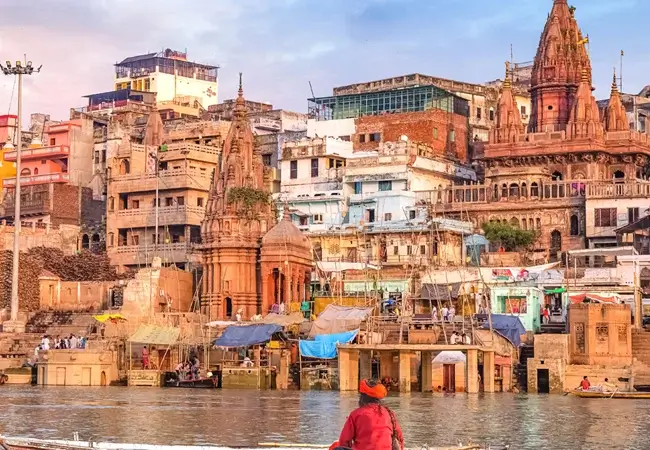Are you tired of your monotonous life and want to explore some unique as well as offbeat location? Do you want to discover an unknown side of your personality and want to be a little stress-free? Then you can call us and book your tour package to Hampi. But before doing so, let us gather some information about this less-known destination so that the tour package can be customized.
People of Karnataka also call it Hampe. UNESCO has referred this region to be a World Heritage Site situated in Hampi town of Vijayanagara district of Karnataka, India. Earlier, it was considered to be the capital of the Vijayanagara Empire in the 14th century and was also a fortified city. After studying the chronicles that are believed to be left by Persian as well as European travelers (especially the Portuguese), the archeologists have concluded that Hampi was a prosperous, wealthy, and grand city that was built near the Tungabhadra River. This region got recognition in ancient times due to the presence of numerous temples, farms, and trading markets.
However, by the end of 1500 CE, Hampi-Vijayanagara was the World’s second-largest medieval-era city after Beijing and most probably India’s richest one. Hence, it ended up attracting a handful of traders from Persia and Portugal. Later on, the Vijayanagara Empire was subjected to defeat due to a coalition of Muslim sultanates. As a consequence, the capital city was conquered, pillaged as well as destroyed by sultanate armies in the year 1565. Since then, Hampi lost all its glory and has secured its position in the history of India as ruins only.
It is to be noted that Hampi’s ruins have occupied more than 4,100 hectares (16 sq mi). Moreover, UNESCO has described this site to be an “austere, grandiose site” that comprises more than 1,600 surviving remains of the last great Hindu kingdom in South India that includes forts, riverside features, royal and sacred complexes, temples, shrines, pillared halls, mandapas, memorial structures, water structures and many more. Thus, visitors who want to have an “out of the box” holiday experience can choose Hampi as their destination because this city has a lot to offer though it has succumbed to ruins in the present time.
Interestingly, this city is very significant for the people who follow Hinduism. It is so because this place has been mentioned in the Hindu religious scriptures such as Ramayana and the Puranas as Pampaa Devi Tirtha Kshetra. Moreover, it continues to be a spiritual and religious location for Hindu people for housing the Virupaksha Temple, an active Adi-Shankara-linked monastery as well as various monuments that used to belong to the old rich city.

The traditional name of Hampi is Pampa-kshetra, Kishkindha-kshetra, or Bhaskara-kshetra. The word “Hampi” has been derived from Pampa (another name for the goddess Parvati in Hindu theology). This site earlier used to be a pilgrimage place called Pampakshetra. This place has gained fame due to its mention in the Kishkindha chapters of the Hindu epic Ramayana where Rama and Lakshmana meet Hanuman, Sugriva, and the monkey army when they were on their search to find Sita who was kidnapped.
Hampi was always considered a region that can be contested and fought over by the local chiefs, the Hyderabad Muslim nizams, the Maratha Hindu Kings, and Hyder Ali and his son Tipu Sultan of Mysore throughout the 18th century. However, in the year 1799, Tipu Sultan was defeated under the influence of British forces, accompanied by the Wadiyar dynasty. Hence, the region came under the control of the British Empire. The first Surveyor General of India, Colonel Colin Mackenzie was the first person to survey the ruins of Hampi. Before that, this region was abandoned and covered by forests along with an abundance of wildlife species.
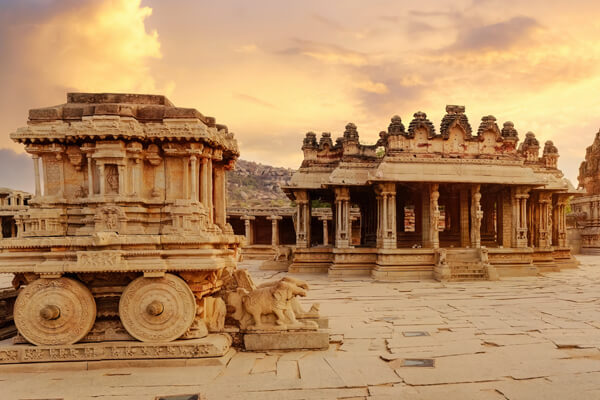
Archeologists have always put a great emphasis on this region of Karnataka and thus, studied this region into three broad zones:
- The first zone is called the “sacred center” (named by scholars such as Burton Stein and others)
- The second zone is called the “urban core” or the “royal center”
- The third zone covers the rest of the metropolitan Vijayanagara.
The sacred zone comprises the oldest temples with a history of pilgrimage as well as monuments that dates back to an era even before the Vijayanagara Empire. On the other hand, the urban core and the royal center contain more than sixty ruined temples that date back to the Vijayanagara Empire. Besides, there are public utility structures in the urban core zone such as roads, an aqueduct, water tanks, mandapa, gateways, and markets as well as monasteries.
It is considered to be the oldest monument of Hampi. Moreover, it is the primary destination for pilgrims and tourists who want to attain spirituality and enlightenment. Hence, this site has always remained to be an active Hindu worship site. In the 11th century, parts of the Shiva, Pampa, and Durga temples existed that were extended during the Vijayanagara era. The temple is an amalgamation of smaller temples that are being repainted at regular intervals.
The locals of Hampi believed that the Virupaksha is the only temple that continued to be a gathering place of Hindus that received frequent visits from pilgrims after Hampi was destructed in the year 1565. Some of the remarkable temples of Hampi that tourists cannot afford to miss are as follows:
- Shree Vijaya Vitthala Gudi
- Hemakunta Hill Temple
- Achyutaraya Temple
- Saasivekaalu Ganesha
- Kadalekalu Ganesha
- Lakshmi Narasimha Temple
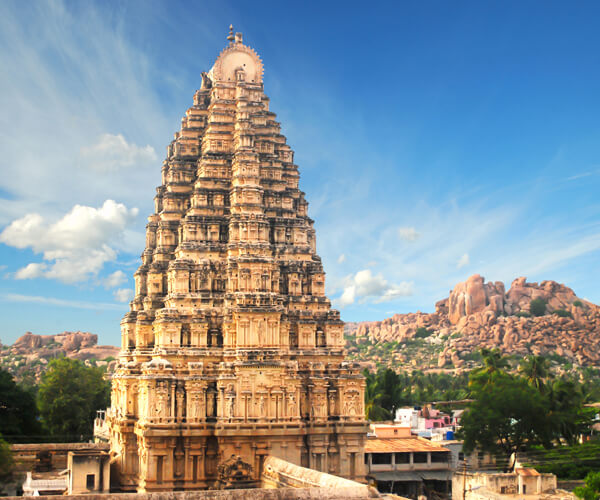
The winter season, starting from the month of November and continuing till February, is considered to be the ideal time to visit Hampi.






